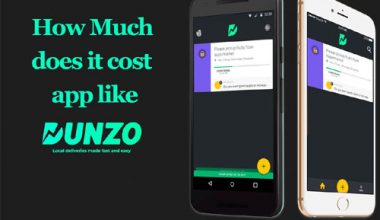Native apps are built expressly for a single mobile operating system like Apple’s iOS or Google’s Android, and marketed and downloaded through proprietary app stores.
In contrast, mobile Web apps are written in HTML, they exist online, and can be accessed and used from any kind of phone or tablet.
In the newest report from BI Intelligence, Business Insider’s paid research service, we explore why consumers still seem to overwhelmingly prefer native apps.
Native apps dominate mobile usage, account for the lion’s share of developer revenue, and perhaps not surprisingly, spark the most interest among those same mobile developers.
Is it too late for HTML5? Will the native app tidal wave overwhelm it and relegate HTML5 mobile Web apps to permanent second-class status?
In this report, we state our case for why HTML5 — the latest mobile-friendly version of the Web’s publishing language — is in better shape than it appears to be.
HTML5’s advocates see its current stasis as a temporary speed bump, before mobile audiences and developers see the light and embrace apps on the more universal and less closed-off mobile Web.
Another advantage: Native apps are written in the difficult programming languages used for specific operating systems, while mobile Web apps are built around HTML5 and related Web technologies, which are more widely known.
Of course, it doesn’t help that consumers, and even many app publishers, remain confused about what a mobile Web app is, and how it differs from a native app and a mobile website. (A mobile Web app offers app-like interactive experiences, while a mobile website just serves up content and has a thin user interface.)



